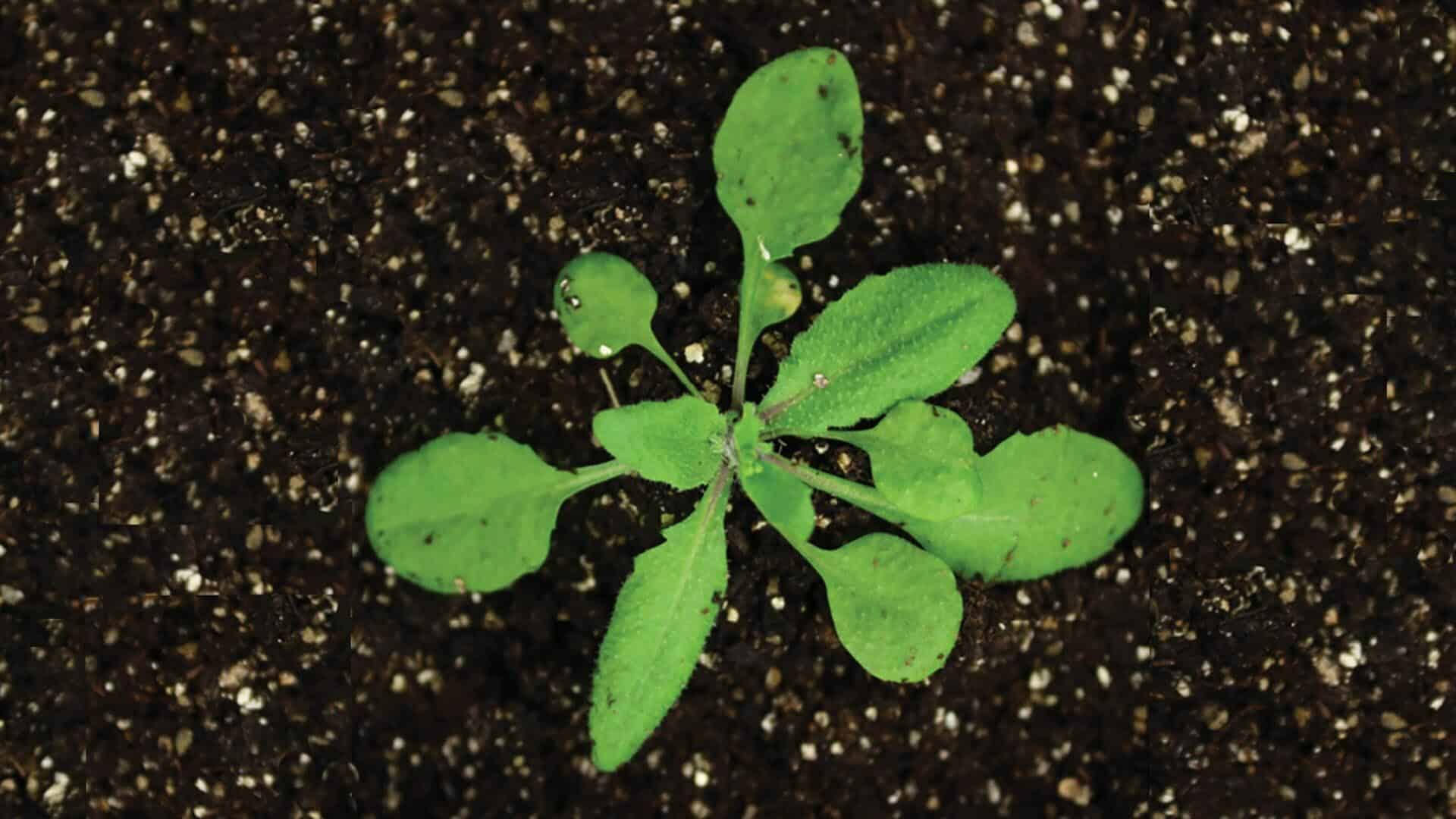Key Takeaways:
- Epigenetic Inheritance: Scientists are studying how organisms, predominantly plants, pass chemical markers alongside DNA to future generations, affecting traits and characteristics.
- Arabidopsis thaliana Research: Cold Spring Harbor Laboratory (CSHL) scientists use this plant to uncover how inheritance is controlled through epigenetic markers.
- Transposons and Methylation: The research focuses on understanding how plants silence transposons, or jumping genes, through a process known as methylation to protect the genome.
- Role of DDM1: Protein DDM1 is crucial for exposing DNA regions for methylation by relocating histones, the DNA packing proteins.
- Implications for Agriculture and Human Health: Discoveries about DDM1 and epigenetic inheritance have potential implications for agriculture, food supplies, the environment, and understanding human genetics.
Beyond DNA: The Complex World of Genetic Inheritance
When it comes to inheritance, there's more to the story than just DNA. Organisms, particularly plants, pass down genetic code and epigenetic markers that dictate how that code should be used. This process of epigenetic inheritance is crucial for understanding how traits and characteristics are transmitted across generations, with profound implications for agriculture, food security, and environmental health.
Arabidopsis thaliana: A Window into Fundamental Biology
Cold Spring Harbor Laboratory (CSHL) scientists have been leveraging Arabidopsis thaliana, a plant species instrumental in biological research, to delve into the mechanisms of epigenetic inheritance. This versatile plant has served as a key model for uncovering the processes that control genetic inheritance and the role of epigenetic markers.
The Battle Against Jumping Genes
Central to this research is understanding how plants manage transposons, also known as jumping genes. These genetic elements can disrupt normal gene function when activated. To safeguard the genome, plants use a process called methylation, where chemical markers are added to specific DNA sites to keep transposons inactive. The study by CSHL Professors Rob Martienssen and Leemor Joshua-Tor has shed light on the role of protein DDM1 in this vital protective mechanism.
DDM1: The Key to Unlocking DNA
DDM1, discovered 30 years ago, plays a critical role in making DNA accessible for methylation. It works by sliding histones, the proteins around which DNA is wrapped, exposing the necessary sites for methylation to occur. The recent research has pinpointed the exact histones displaced by DDM1 and used cryo-electron microscopy to visualize how DDM1 interacts with DNA and histones, revealing an unexpected bond crucial for its function.
Preserving Epigenetic Memory Across Generations
The studies have also illuminated how DDM1's interaction with specific histones preserves epigenetic controls across generations. A particular histone found only in pollen resists DDM1 and serves as a memory marker during cell division, ensuring that epigenetic information is carried into the next generation.
Broader Implications for Agriculture and Human Health
While the focus has been on plants, the implications of this research extend beyond. Humans rely on DDM1-like proteins for DNA methylation, suggesting that these findings could have broader implications for understanding human genetics and diseases. As scientists continue to unravel the complexities of epigenetic inheritance, the potential for advancements in agriculture, environmental science, and medicine grows.
Image provided by CSHL


